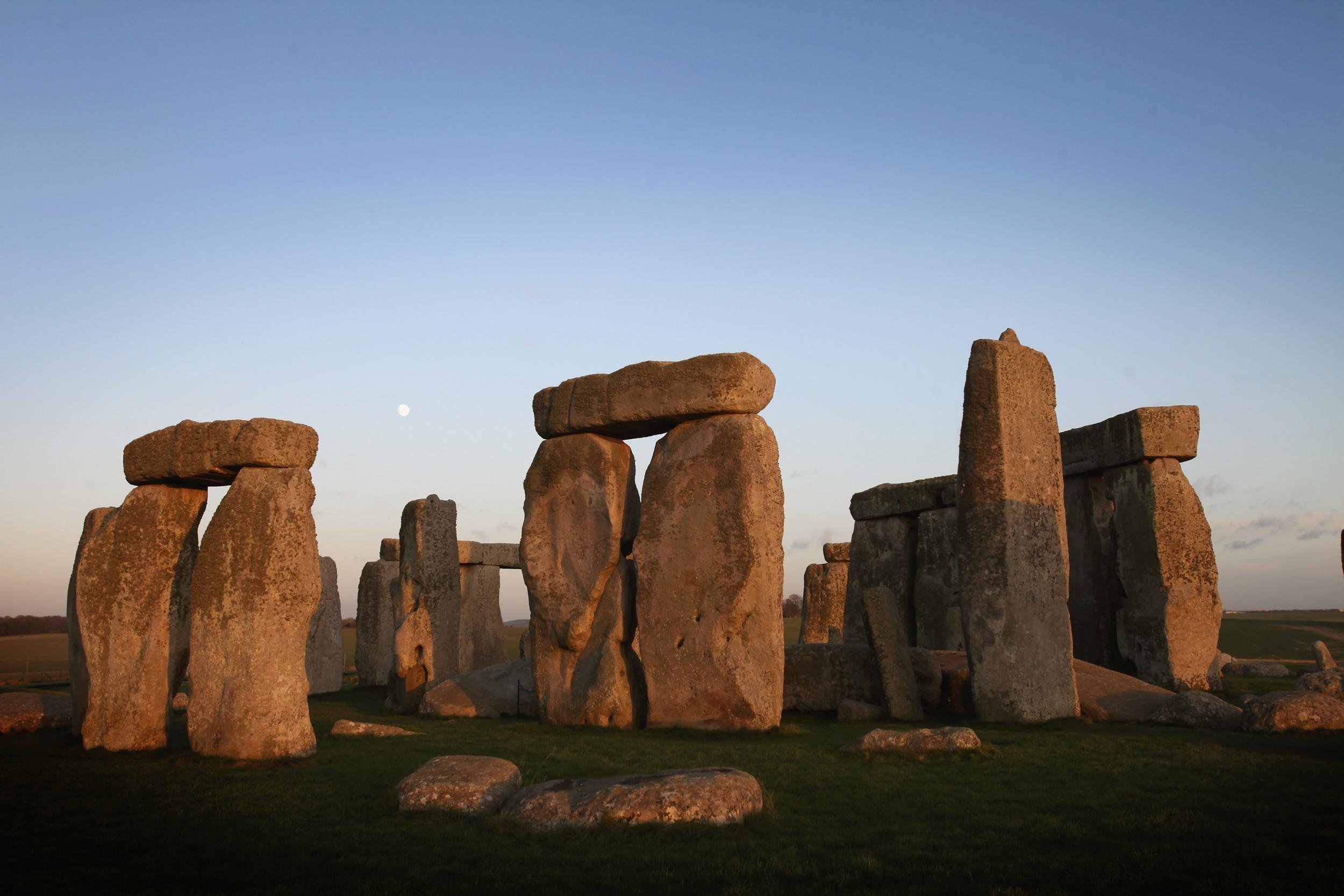Glaciers moved Stonehenge from Wales to Wiltshire, not ancient people, Welsh researchers claim
A recent find that provided another theory of the origins of Stonehenge was misinterpreted, the researchers claim

Your support helps us to tell the story
From reproductive rights to climate change to Big Tech, The Independent is on the ground when the story is developing. Whether it's investigating the financials of Elon Musk's pro-Trump PAC or producing our latest documentary, 'The A Word', which shines a light on the American women fighting for reproductive rights, we know how important it is to parse out the facts from the messaging.
At such a critical moment in US history, we need reporters on the ground. Your donation allows us to keep sending journalists to speak to both sides of the story.
The Independent is trusted by Americans across the entire political spectrum. And unlike many other quality news outlets, we choose not to lock Americans out of our reporting and analysis with paywalls. We believe quality journalism should be available to everyone, paid for by those who can afford it.
Your support makes all the difference.The famous monolithic rocks of Stonehenge were not dragged 140 miles from Wales to Salisbury as previously thought, but were actually moved by glaciers, a team of Welsh academics have claimed.
It was previously reported that a team of researchers had discovered holes cut into rocky outcrops in Wales that closely matched the shape of the Stonehenge bluestones.
Professor Mike Parker Pearson, who was part of the team that made the discovery, suggested that the stones used in Stonehenge could have been part of an earlier monument in Wales, and were later taken to Wiltshire to be made into the structure we know today.
Calling the discovery "fantastic", Professor Pearson's find provided another theory of the origins of Stonehenge, which are still unknown.
However, another team of archaeologists, Dr Brian John, Dr Dyfed Elis-Gruffyd and John Downes, have now published a conflicting report in the Archaeology in Wales journal, which claims the suggested 'quarry' in the Welsh Preseli Hills, where the holes were found, was actually a natural formation
They also claimed that small pieces of debris found near Stonehenge, which were traced back to the dig site in Wales, were actually transported by the movement of glaciers over half a million years ago, and not brought by ancient masons along with the bluestones.
Referring to the 'quarry' in the Preseli Hills, Dr John wrote: "It is suggested, on the basis of careful examinations of this site, that certain of the 'man made features' described have been created by the archaeologists themselves through a process of selective sediment and clast removal."
He continued, saying there appeared to be no evidence of a quarry designed to extract stones for use in Stonehenge, but accepted that there may have been temporary encampments near the site through the ages.
As Wales Online reports, Dr John added the work done by Professor Pearson's team was an "interesting piece of rock provenancing", it did not explain how the rocks were moved the hundreds of miles from Wales to Stonehenge.
Dr John commented: "We think the archaeologists have been so keen on telling a good story here that they have ignored of misinterpreted the evidence in front of them."
The quarries will be excavated further next year, so the world of archaeology will have to wait and see what is revealed.
Join our commenting forum
Join thought-provoking conversations, follow other Independent readers and see their replies
Comments